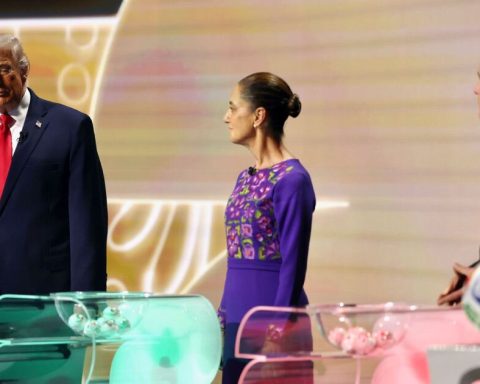Economists polled by Reuters had forecast 250,000 new jobs, with estimates ranging from 127,000 to 375,000.
The unemployment rate stood at 3.7% in August.
With the labor market still tight, wage gains remained strong. Median hourly earnings rose 0.3% after a similar rise in August. This reduced the annual wage increase to 5.0% from 5.2% in August.
The Atlanta Fed’s wage tracker, which controls for composition effects such as skill level, occupation and geography, is above 6%.
The labor market has largely withstood higher borrowing costs and tighter financing conditions, and economists say companies are reluctant to lay off workers after hiring difficulties last year as the COVID-19 pandemic 19 forced some people out of the workforce, in part due to prolonged illness caused by the virus.
While government data this week showed job openings fell by 1.1 million, the biggest decline since April 2020, to 10.1 million on the last day of August, there are still 4 million more job openings than unemployed Americans. A survey by the Institute of Management and Supply on Wednesday showed that several service industries reported labor shortages in September.
However, with the headwinds of higher borrowing costs and slowing demand, economists expect companies to cut hiring significantly, with negative payrolls likely next year. Economists say companies have been filling vacant positions as they struggled to expand headcount to meet increased demand for their products, fueling job creation.
The Fed raised its policy rate from near zero earlier this year to the current range of 3.00% to 3.25%, signaling last month that more big hikes are on the way this year.
Next Thursday’s September consumer price report will also help monetary authorities assess their progress in the battle against inflation ahead of their meeting on November 1-2.
Financial markets have almost priced in a fourth rate hike of 75 basis points at that meeting, according to CME’s FedWatch Tool.
















